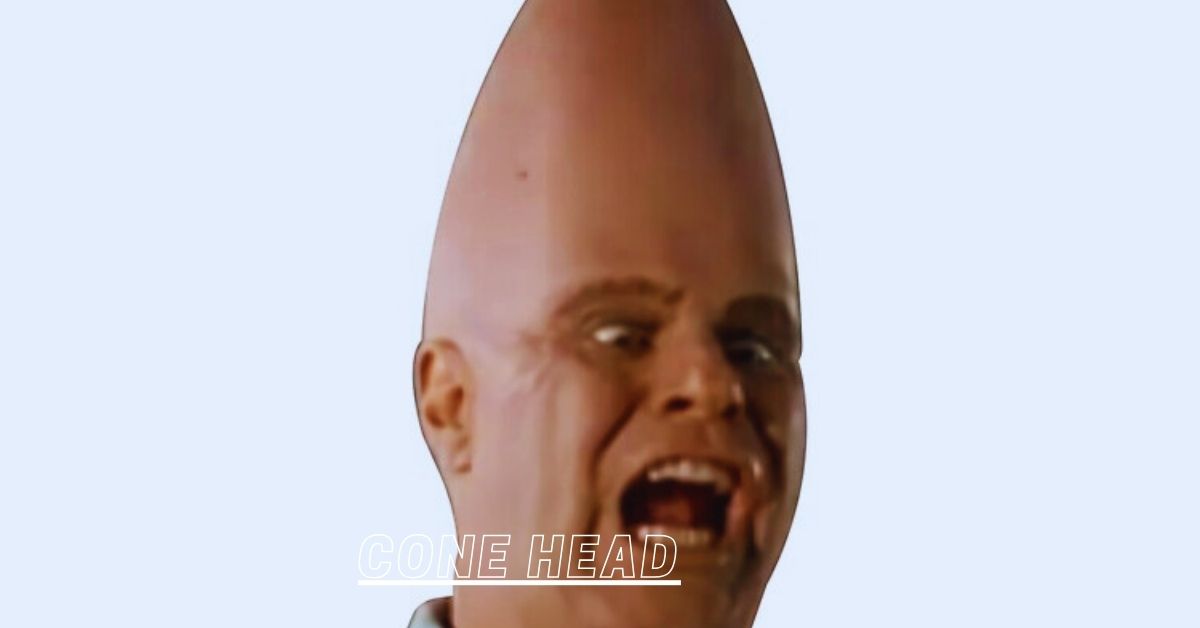Introduction
The term “cone head” is often associated with various contexts, from fictional characters to real-life phenomena. This article explores the different facets of cone heads, including their origins, characteristics, and cultural significance.
Historical Origins and Scientific Background
Cone Head in Ancient Cultures
The concept of cone-shaped heads isn’t entirely fictional. Historical records and archaeological findings reveal that cone-shaped cranial modifications were practiced by various ancient cultures. For instance, the Mayans and Egyptians used cranial shaping techniques to create elongated skulls. This practice was often done for aesthetic or cultural reasons and was considered a symbol of nobility or divine favor.
The Science of Cranial Deformation
Cranial deformation, or artificial cranial shaping, involves altering the shape of an infant’s skull using external pressure. This can occur through techniques such as binding or using cradleboards. The process can result in a cone-shaped head, often mistakenly referred to as a “cone head.” Scientifically, this deformation affects the growth pattern of the skull and can be observed in various cultures throughout history.
Cone Head in Popular Culture
The Coneheads of Saturday Night Live
One of the most well-known representations of cone head comes from the world of entertainment. The Coneheads were a recurring sketch on “Saturday Night Live” (SNL), created by Dan Aykroyd and Jane Curtin in the 1970s. The characters, with their distinct cone-shaped heads, were portrayed as aliens from the planet Remulak. Their humorous depiction of extraterrestrial life and their integration into suburban America became iconic.
Cone Head in Film and Television
The popularity of the Conehead sketch led to a feature film adaptation in 1993. The movie expanded on the characters’ comedic premise, exploring their struggles with assimilation into human society while dealing with intergalactic issues. The Coneheads’ unique appearance and absurd situations contributed to the film’s cult status.
Cone Head in Literature and Art
Depictions in Science Fiction
Beyond television and film, cone head have appeared in science fiction literature. Authors have used the concept of cone-shaped heads to symbolize alien or advanced beings. This visual trope often serves to highlight the otherworldliness of characters and their departure from human norms.
Artistic Representations
Artists and sculptors have also explored the theme of cone-shaped heads. In various art forms, such as painting and sculpture, the depiction of cone-shaped heads can symbolize themes of alienation, otherness, or advanced intellect. These artistic representations can be both surreal and thought-provoking.
Cone Head in Modern Media and Trends
The Influence of Cone Head on Fashion and Design
The cone head concept has made its way into fashion and design, often as a playful or avant-garde element. Designers have used the cone shape in accessories, costumes, and even architectural elements, drawing inspiration from the distinctive look of the Coneheads.
Cone Head and Internet Culture
In the age of the internet, the Coneheads have found a new audience through memes and social media. Fans of the Coneheads share and create content related to the characters, keeping their legacy alive and introducing them to new generations. The internet has become a platform for celebrating and reimagining the Coneheads in various creative ways.
The Psychology and Symbolism of Cone heads
The Appeal of the Cone Head Aesthetic
The cone heads aesthetic captivates audiences due to its novelty and the sense of humor it brings. The exaggerated shape of the head, combined with the often absurd scenarios in which cone heads find themselves, creates a unique blend of comedy and intrigue.
The symbolism of Cone Head
Cone heads can symbolize a range of ideas, from alienation and otherness to advanced intelligence. In popular culture, their appearance often signifies a departure from the norm, inviting viewers to explore themes of diversity, adaptation, and identity.
The Cone Head Phenomenon in Global Contexts
Cultural Variations of Cone-Shaped Heads
While the most famous cone heads are from Western media, similar concepts exist in different cultures. Various societies have practiced cranial shaping or have mythological beings with cone-shaped heads. These cultural variations provide a broader context for understanding the cone heads phenomenon.
Cone Head in Global Pop Culture
The influence of the Coneheads extends beyond the United States. International audiences have embraced the Coneheads through translated media, merchandise, and adaptations. The characters’ universal appeal and humorous portrayal of alien life resonate with people from diverse backgrounds.
The Legacy of Cone Head
The Enduring Popularity of Cone heads
Despite being a niche subject, the Coneheads have maintained a lasting presence in popular culture. Their unique appearance and comedic value ensure that they continue to be remembered and celebrated by fans. The Coneheads’ legacy reflects the enduring impact of creative and imaginative storytelling.
The Future of Cone heads Representations
As media continues to evolve, the Coneheads may see new adaptations and reinterpretations. Whether through new films, TV shows, or digital content, the cone heads concept will likely continue to inspire and entertain audiences.
Conclusion
The cone heads phenomenon encompasses a range of historical, cultural, and artistic elements. From ancient practices of cranial deformation to the iconic Coneheads of SNL, the cone heads has captured the imagination of people across the globe. Its impact on popular culture, fashion, and art demonstrates the enduring appeal of this unique and humorous concept. As society and media continue to evolve, the cone heads will likely remain a symbol of creativity and otherness, reminding us of the power of imagination and the diverse ways in which we express it.






